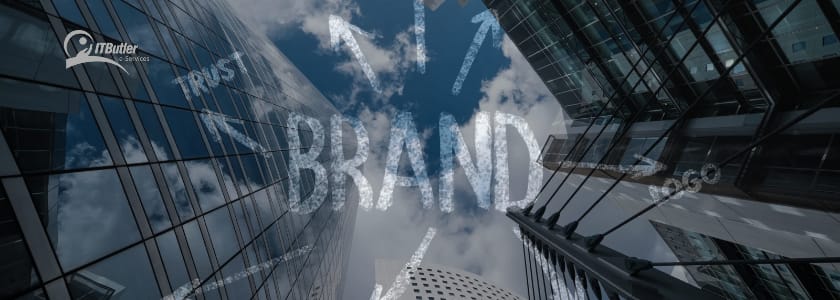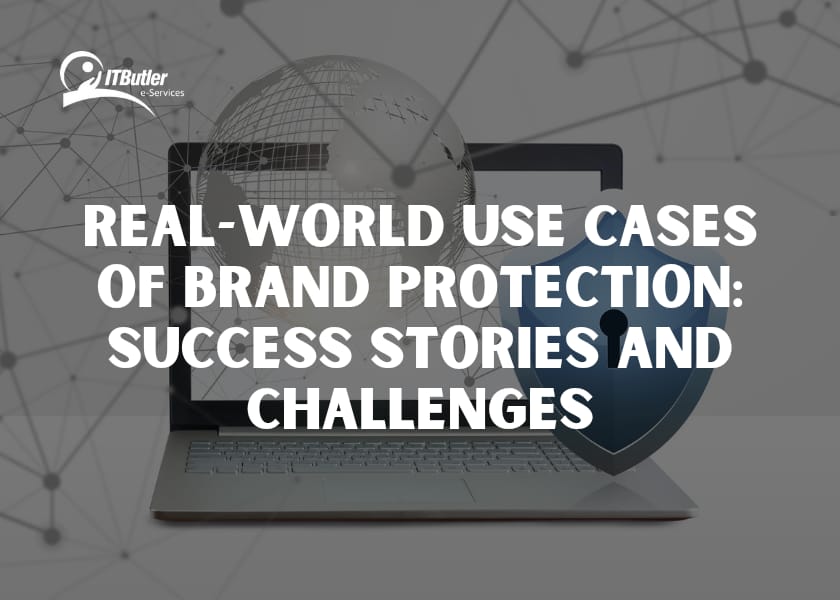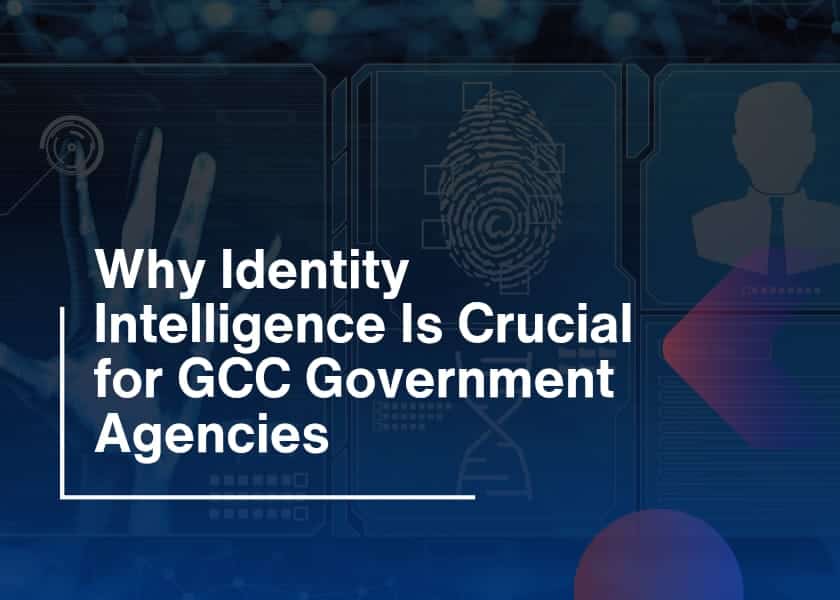Ever wonder what gives a giant brand like Netflix, Nike, or Apple the strength to ward off cyber threats? As it’s no luck but brand protection, their secret warfare against cyber villains. So from phishing scams to product piracies, brands are constantly battling battles worth millions or worse, reputation. But for every challenge, there are success stories and good news. Let’s go straight into the brand protection case studies, in which companies take threats and convert them into triumphs. However, they also prove that heroes don’t have capes but cutthroat tech and killer strategies.
Brand Protection Case Studies
1. Netflix Against Phishing Scams
Netflix has millions of audiences around the world and presents as a rich source to target cyber criminals. But in the year 2020, emails purporting as Netlifx were doing their phishing attacks, demanding users for entry credentials.
How Netflix did Fight:
- They came with mass public campaigns, guiding and warning people to understand spurious emails.
- Moreover, their cybersecurity team used advanced AI tools to detect phishing domains and shut them down.
The Outcome:
Netflix was able to minimize phishing incidents and regain the trust of its users.
2. Nike’s Fight Against Fake Sellers
Nike’s swoosh is famous, but so are the fakes. As fake Nike goods are pouring into markets all over the world, running the company into billions every year.
But How Has Nike Approached This?
- They instituted high-end tracking systems that could help identify fake supply chains.
- Worked together with law enforcement in closing fake production units.
- Utilized blockchain technology in authenticating legitimate products.
The Outcome:
Nike cut down sales of counterfeit but also communicated to customers the importance of quality and confidence.
3. Apple’s Battle Against Fake Chargers
Apple found that more than 90% of the “authentic” chargers sold on Amazon were fake. So these chargers not only damaged devices but also posed safety risks.
Action Taken:
Apple collaborated with Amazon to remove listings of counterfeit chargers and educate customers on buying from authorized sellers.
The Key Takeaway:
Brand and platform collaboration will help to combat counterfeit products.
4. Case Study Marriott’s Data Breach
In 2018, Marriott underwent a huge data breach involving over 500 million guests. As it exposed personal information such as passport information.
How They Responded:
- Marriott informed affected consumers and provided them with free credit monitoring.
- However, they invested in more stringent cybersecurity measures to prevent future breaches.
Key Takeaway
Hence, transparency and prompt response are at the core of dealing with data breaches.
5. Burberry’s Social Media Strategy
So here is another brand protection case study of the luxury brand Burberry. There was a wave of fake accounts selling their counterfeit products on social media.
But How They Won:
- Burberry used AI tools to scan social media for fake accounts and reported them.
- They collaborated with platforms like Instagram to expedite account takedowns.
- Their marketing team employed authentic storytelling to bring into light the value of genuine Burberry products.
The Result:
Burberry cut down fake accounts and further fortified its online presence.

Brand Protection Tools
What tools are brands employing to protect themselves from damage? So here is a brief overview:
1. AI-Powered Threat Detection
When it comes to pattern analysis and anomaly detection, AI can perform it more times faster than humans. Today, organizations utilize artificial intelligence for detecting phishing, scams, fake address traces, and such things.
2. Blockchain for Product Authentication
As we have discussed how blockchain can be used in product authenticity. Counterfeit products hurt the brand owners who use blockchain to create a more transparent and transparent way.
3. Digital Watermarking
However, the branded products are tagged with digital watermarks to trace their origin and authenticity.
4. Social Media Monitoring Tools
Social platforms are a breeding ground for scams and fake accounts. So monitoring tools help brands identify and report such activities.
Cybersecurity Challenges for Brands
Just like every success story, brand protection has its hurdles. So here are some of the most common challenges brands face in their fight against cyber threats.
1. Evolving Cyber Threats
As hackers are always finding new ways to cause chaos, just like a movie villain. So brands must keep up with evolving malware, ransomware, and phishing techniques.
2. Limited Resources for Small Businesses
While big brands like Nike and Netflix can afford the advanced tools, smaller businesses often cannot. So investing in brand protection feels overwhelming when resources are tight.
3. Global Reach, Global Threats
However, in a connected world, threats can arrive at any moment. So forged products could be made in one country and sold through a site in another. Hence, leading to a loss of brand reputation everywhere.
4. Consumer Not Being Informed
Despite all this, most customers are still victims of phishing scams or buying counterfeit products. So brands have to not only fight cybercriminals but also educate their audience.
Why Brand Protection is Non-Negotiable
However, a brand’s most valuable asset in today’s world is its reputation. Whether it is a global giant or a small startup. No one is immune from cyber threats. So brand protection investment is not just loss avoidance but also trust building between the brand and the customers.
Conclusion
However, the case studies of brand protection show us that protection requires a mix of technology, strategy, technology, and collaboration. There are certainly going to be difficulties, but if brands follow these steps, they can actually change threats into opportunities.
So, whether you’re a big brand or a small business, remember, your brand is one of the most valuable things you can ever protect. But who doesn’t love a happy-go-lucky superhero tale where the brand comes out on top?
FAQs about Brand Protection Case Studies
– What is a brand protection strategy?
The brand protection approach is a business model that ensures a company does not succumb to financial and reputation-damaging elements. Such as fake products and hacking among others.
– Why is brand protection important?
The task of brand protection is fueled by a company’s image, revenue, and customer confidence. Moreover also with threats such as counterfeiting, cyberattacks, and trademarks, which harm long-term business outcomes are protected.
– Who is responsible for brand protection?
Brand protection is everyone’s responsibility starting from legal departments in the company, Information Technology. However, including the marketing department to external entities such as brand protection agencies or technology companies.
– What are the actions of brand protection?
Actions of brand protection include:
- Monitoring Online Platform
- Legal Enforcement
- Using Technology
- Educating Customers
- Collaborating with Authorities
- Strengthening Cybersecurity





